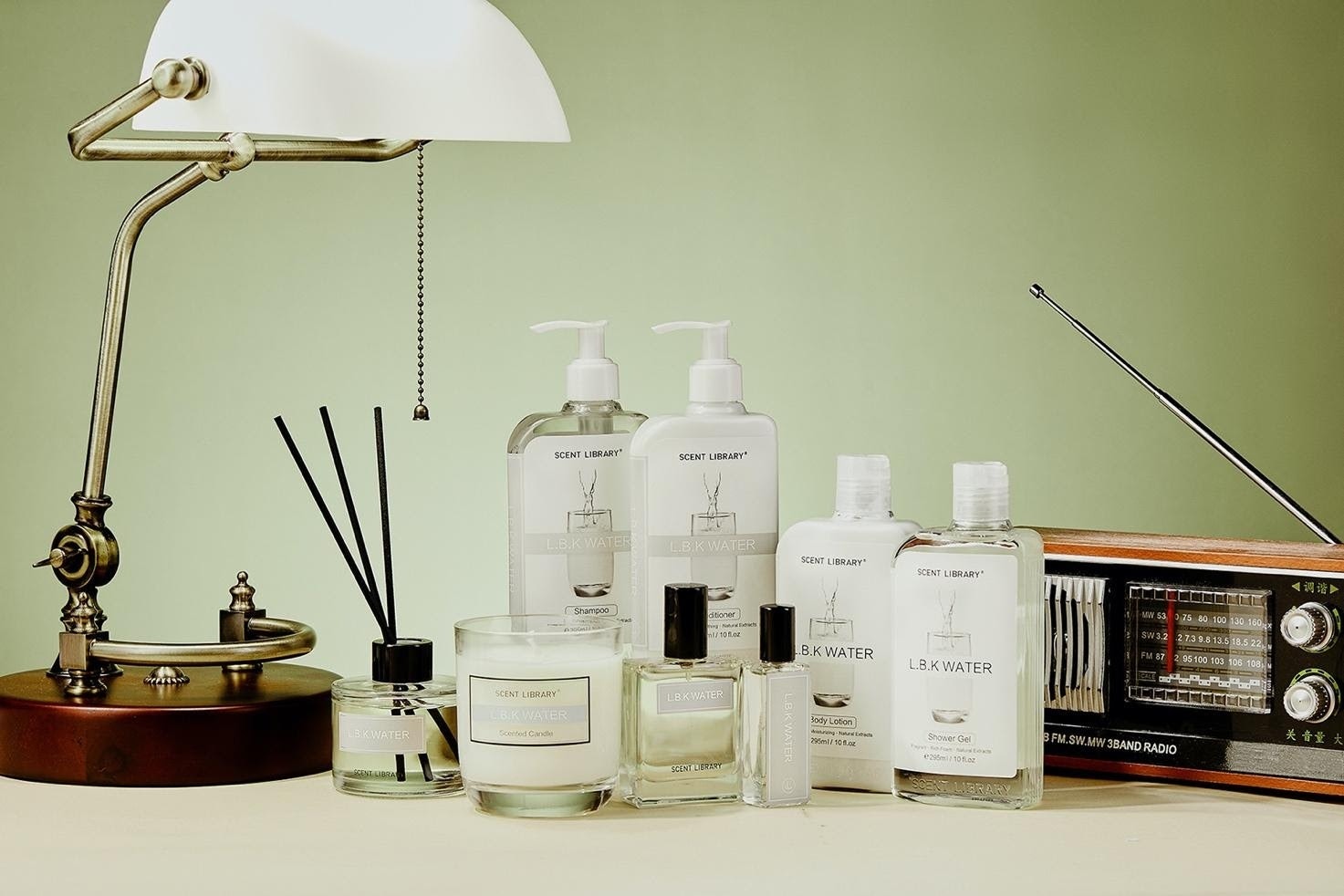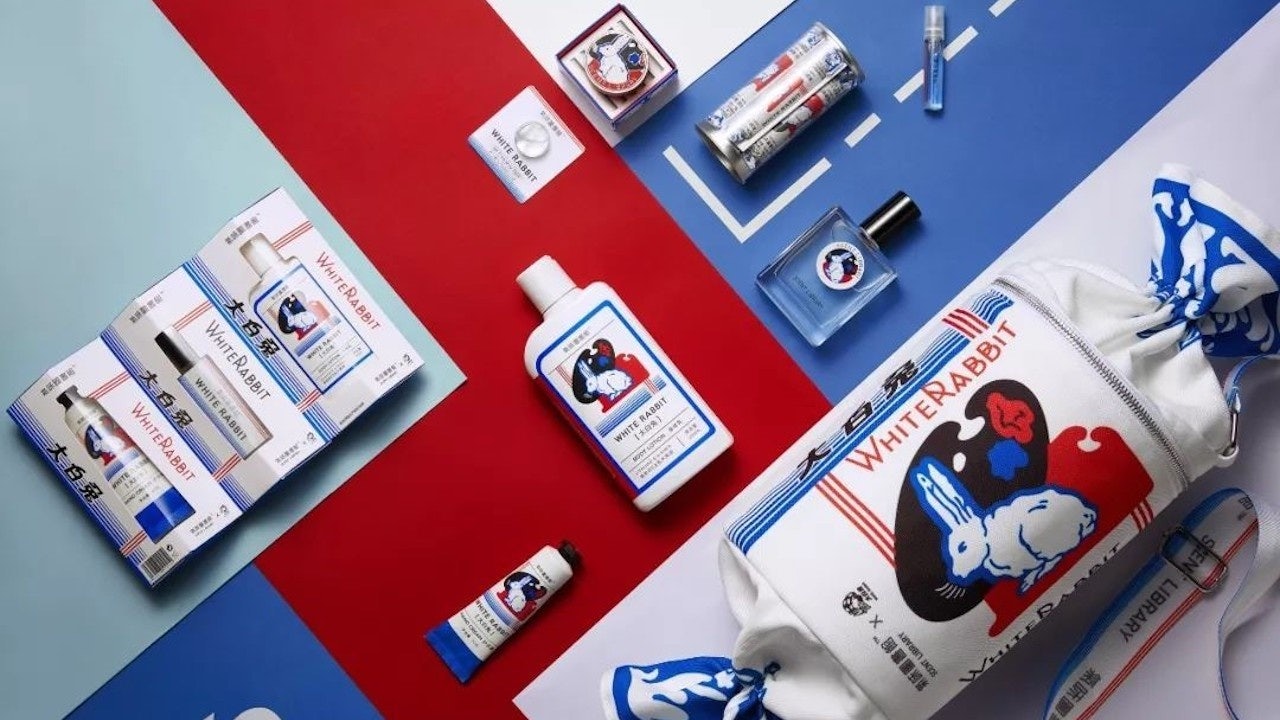The following is an excerpt from Jing Daily’s insight report, “How Niche Fragrances Are Winning Over Young Chinese Consumers,” available for download on our Reports page. This 25-page primer highlights China’s emerging niche fragrance market, one of the fastest-growing premium categories with plenty of untapped potential. Get your copy of the report here.#
Just as C-beauty brands like Perfect Diary and Florasis become all the rage among young consumers thanks to creative product design, localized marketing strategies, and affordable prices, Chinese fragrance producers are making similar efforts to appeal to the new generation of shoppers.
The domestic sector is getting a boost from major global players such as Givaudan, the Swiss manufacturer of fragrances, flavors, and cosmetics ingredients, which added a third production facility in China in 2020. In June 2021, Givaudan announced an industry-first partnership with Tmall to launch the T-Lab Source Innovation Laboratory, which will be aimed at dramatically speeding up the fragrance development process to cater to the tastes of Chinese consumers.
“As Tmall’s inaugural fragrance innovation partner, Givaudan will receive fragrance opportunities at the ideation stage, gain access to Tmall’s brand ecosystem, and tap into data-led capabilities like the Tmall Innovation Center’s online research module,” Yaling Li, Givaudan’s head of fragrances for China & Korea, told Jing Daily. “This unique offering will shorten end-to-end product development for fine fragrances from 40 weeks to only four weeks. And our T-Lab partnership enables us to pre-empt consumer trends by using behavioral data to innovate new, unique, and timely product offerings.”
The following month, Givaudan invested an undisclosed sum in the series A funding of Next Beauty China, a Shanghai-based incubator that has launched more than 15 fragrance and beauty brands since it was founded in 2018, a move that will give it deeper access to the Chinese market.
In terms of product development, one popular strategy involves the creation of scents that tap into nostalgia and familiar aspects of Chinese life, such as White Rabbit candy or osmanthus flowers. When combined with competitive pricing, such a tactic can reduce friction around purchasing since consumers will have a better idea of what they are getting without having to try it in person.
Case Study: Scent Library’s Product Strategy#

Scent Library was founded in 2009 in Beijing as a salon-style multi-brand retailer and pivoted its focus to building its own brand five years later. It has since become known for products that unlock very China-specific memories. In 2017, it launched the viral product LBK Water (short for liang bai kai, which means “chilled boiled water”), which brought back childhood memories for the generation that grew up in the 1980s and 1990s, when many families still boiled tap water for drinking and daily use.
LBK Water became a hero product for Scent Library, and the brand recently expanded into a collection of four limited-edition city-themed fragrances based on LBK Water. Beijing, Shanghai, Guangzhou and Chengdu were selected as the inspiration for new fragrance products that can stimulate local memories connected to the sense of smell.
Scent Library’s other hero product was inspired by the sweet and milky taste of White Rabbit candy. Originally launched as a collaboration between the ten-year-old fragrance label and the 60-year- old confectionery brand for their anniversaries in 2019, the series includes a range of products, such as perfume, scented shower gel, body lotion, hand cream, and diffusers. In an amusing twist, samples packaged in candy wrappers were offered through vending machines at shopping centers.
At the time of this writing, Scent Library has amassed more than 3.6 million followers on Tmall (by way of comparison, Jo Malone has 3.8 million), with most of its fragrance products selling for around RMB 285 ($44) per 50ml, which is on the lower end of pricing range for the niche fragrance category in China.
